The Ivy League nude posture photos were taken in the 1940s through the 1970s of all incoming freshmen at Harvard, Yale, Princeton, UPenn (which are members of the Ivy League) and Seven Sisters colleges (as well as Swarthmore), ostensibly to gauge the rate and severity of rickets, scoliosis, and lordosis in the population. The photos are simple black-and-white images of each individual standing upright from front, back and side perspectives. [1] [2] Harvard previously had its own such program from the 1880s to the 1940s. [2] The larger project was run by William Herbert Sheldon and Earnest Albert Hooton, who may have been using the data to support their theory on body types and social hierarchy. [1] [3]

The Ivy League is an American collegiate athletic conference, comprising eight private research universities in the Northeastern United States. The conference headquarters are in Princeton, New Jersey. The term Ivy League is typically used outside sports to refer to the eight schools as a group of elite colleges with connotations of academic excellence, selectivity in admissions, and social elitism. Its members are Brown University, Columbia University, Cornell University, Dartmouth College, Harvard University, Princeton University, University of Pennsylvania, and Yale University.

Yale University is a private Ivy League research university in New Haven, Connecticut. Founded in 1701, Yale is the third-oldest institution of higher education in the United States and one of the nine colonial colleges chartered before the American Revolution.
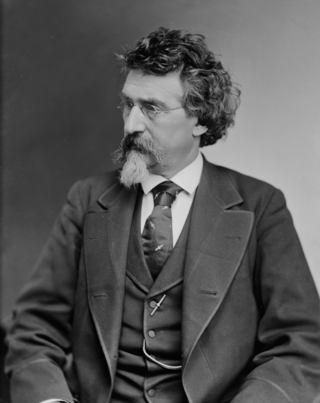
Mathew B. Brady was an American photographer, one of the earliest and most famous in American history. Best known for his scenes of the Civil War, he studied under inventor Samuel Morse, who pioneered the daguerreotype technique in America. Brady opened his own studio in New York City in 1844, and went on to photograph U.S. presidents John Quincy Adams, Abraham Lincoln, and Martin Van Buren, among other public figures.
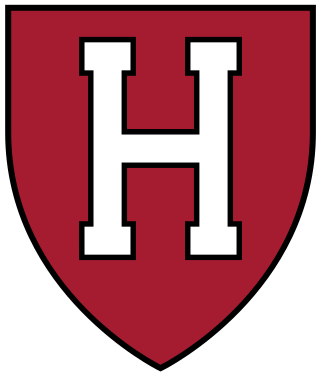
The Harvard–Yale football rivalry is renewed annually with The Game, an American college football match between the Harvard Crimson football team of Harvard University and the Yale Bulldogs football team of Yale University.
Irving Penn was an American photographer known for his fashion photography, portraits, and still lifes. Penn's career included work at Vogue magazine, and independent advertising work for clients including Issey Miyake and Clinique. His work has been exhibited internationally and continues to inform the art of photography.
Erotic photography is a style of art photography of an erotic, sexually suggestive or sexually provocative nature.
Ronald Rosenbaum is an American literary journalist, literary critic, and novelist.
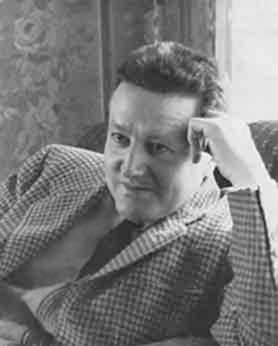
William Herbert Sheldon, Jr. was an American psychologist, numismatist, and eugenicist. He created the field of somatotype and constitutional psychology that correlate body types with temperament, illustrated by his Ivy League nude posture photos.
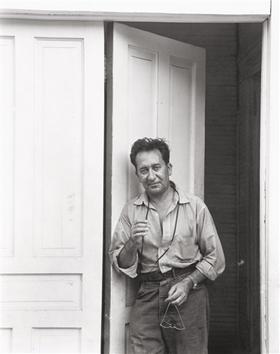
Aaron Siskind was an American photographer whose work focuses on the details of things, presented as flat surfaces to create a new image independent of the original subject. He was closely involved with, if not a part of, the abstract expressionist movement, and was close friends with painters Franz Kline, Mark Rothko, and Willem de Kooning.
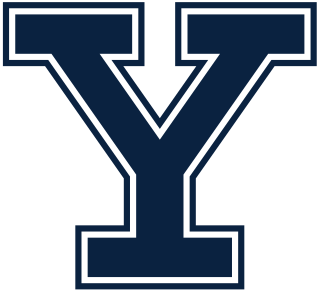
The Yale Bulldogs are the intercollegiate athletic teams that represent Yale University, located in New Haven, Connecticut. The school sponsors 35 varsity sports. The school has won two NCAA national championships in women's fencing, four in men's swimming and diving, 21 in men's golf, one in men's hockey, one in men's lacrosse, and 16 in sailing.

The Cornell–Harvard hockey rivalry is a men's ice hockey sports rivalry between the Big Red of Cornell University and Crimson of Harvard University dating back to 1910.
Karl Bissinger was an American photographer best known for his portraits of notable figures in the world of art following World War II with regular travel and fashion features in popular magazines of the mid-twentieth century. Bissinger’s career as a photographer took second place to his later work as an activist for the War Resisters League and other pacifist organizations.
The Harvard Crimson baseball team is the varsity intercollegiate baseball team of Harvard University, located in Boston, Massachusetts. The program has been a member of the Ivy League since the conference officially began sponsoring baseball at the start of the 1993 season. The team plays at Joseph J. O'Donnell Field, located across the Charles River from Harvard's main campus. Bill Decker has been the program's head coach since the 2013 season.

Horace Poolaw (1906–1984) was a Kiowa photographer from Mountain View, Oklahoma.

The Yale Bulldogs men's basketball team represents Yale University in New Haven, Connecticut, competing in the Ivy League. The team plays home games in the John J. Lee Amphitheater of the Payne Whitney Gymnasium. The team has reached the NCAA Division I men's basketball tournament six times, in 1949, 1957, 1962, 2016, 2019, and 2022. Yale’s best finish in the NCAA tournament came in 1949 when they advanced to the Elite Eight. The current head coach is James Jones.
Art Students' League of Philadelphia was a short-lived, co-operative art school formed in reaction to Thomas Eakins's February 1886 forced-resignation from the Pennsylvania Academy of the Fine Arts. Eakins taught without pay at ASL from 1886 until the school's dissolution in early 1893.
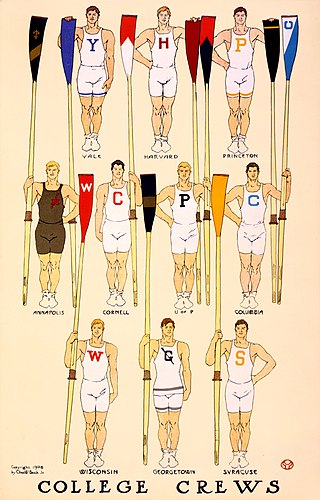
The Big Three is a historical term used in the United States to refer to Harvard University, Yale University, and Princeton University. The phrase Big Three originated in the 1880s, when these three colleges dominated college football. In 1906, these schools formed a sports compact that formalized a three-way football competition which began in 1878. This early agreement predated the Ivy League by nearly a century. Today, the term is used to refer to the comparable levels of prestige, tradition, elitism, and academic and intellectual superiority affiliated with the schools. The rivalry remains intense today, though the three schools are no longer national football powerhouses, and schools continue to refer to their intercollegiate competitions as "Big Three" or "Harvard-Yale-Princeton" meets.
Somatotype is a theory proposed in the 1940s by the American psychologist William Herbert Sheldon to categorize the human physique according to the relative contribution of three fundamental elements which he termed somatotypes, classified by him as ectomorphic, mesomorphic, and endomorphic. He created these terms borrowing from the three germ layers of embryonic development: The endoderm,, the mesoderm, and the ectoderm. Later variations of these categories, developed by his original research assistant Barbara Heath, and later by Lindsay Carter and Rob Rempel, are used by academics today.

An Ivy League, also known as a Harvard Clip or Princeton, is a type of crew cut in which the hair on the top front of the head is long enough to style with a side part, while the crown of the head is cut short. The length of the top hair and the degree of graduation shorter, from the front hairline back, varies with the shape of the skull, density and coarseness of the hair, and the styling preferences of the individual: side-parted crew cut, standard crew cut, brushed forward, etc.
Fine art nude photography is a genre of fine-art photography which depicts the nude human body with an emphasis on form, composition, emotional content, and other aesthetic qualities. The nude has been a prominent subject of photography since its invention, and played an important role in establishing photography as a fine art medium. The distinction between fine art photography and other subgenres is not absolute, but there are certain defining characteristics.
The Smithsonian Institution has cut off all public access to a collection of nude photographs taken of generations of college students, some of whom went on to become leaders in American culture and government. The pictures at first were taken to study posture. Later they were made by a researcher examining what he believed to be a relationship between body shape and intelligence.
Shocking, because what he found was an enormous cache of nude photographs, thousands and thousands of photographs of young men in front, side and rear poses. Disturbing, because on closer inspection the photos looked like the record of a bizarre body-piercing ritual: sticking out from the spine of each and every body was a row of sharp metal pins.
The Smithsonian Institution has destroyed nude photographs taken decades ago of Yale University students who were unaware the pictures were to be used in the pursuit of a form of science. The science has since been discredited.